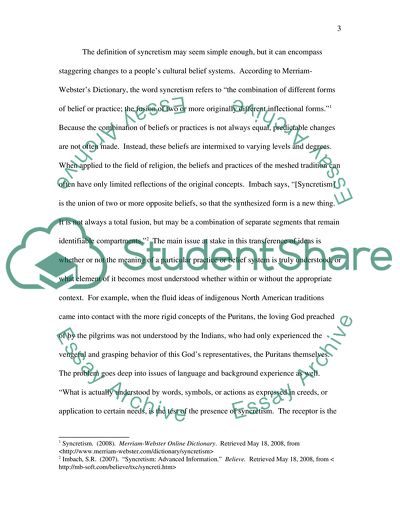Cite this document
(Day of the Dead in Mexico Essay Example | Topics and Well Written Essays - 1500 words, n.d.)
Day of the Dead in Mexico Essay Example | Topics and Well Written Essays - 1500 words. https://studentshare.org/culture/1714200-the-history-of-dia-de-los-muertos-day-of-the-dead-in-mexico
Day of the Dead in Mexico Essay Example | Topics and Well Written Essays - 1500 words. https://studentshare.org/culture/1714200-the-history-of-dia-de-los-muertos-day-of-the-dead-in-mexico
(Day of the Dead in Mexico Essay Example | Topics and Well Written Essays - 1500 Words)
Day of the Dead in Mexico Essay Example | Topics and Well Written Essays - 1500 Words. https://studentshare.org/culture/1714200-the-history-of-dia-de-los-muertos-day-of-the-dead-in-mexico.
Day of the Dead in Mexico Essay Example | Topics and Well Written Essays - 1500 Words. https://studentshare.org/culture/1714200-the-history-of-dia-de-los-muertos-day-of-the-dead-in-mexico.
“Day of the Dead in Mexico Essay Example | Topics and Well Written Essays - 1500 Words”. https://studentshare.org/culture/1714200-the-history-of-dia-de-los-muertos-day-of-the-dead-in-mexico.


